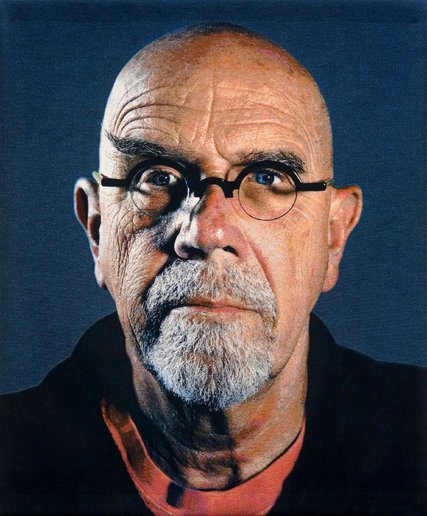No shining moments
It’s very trendy nowadays to peddle “inspirational” books and courses about “finding your passion.” And I suppose there’s a certain hopeful charm to the notion that one day your true calling will reveal itself in a single shining moment. I guess it happens to some people, but not many. And certainly not to me.
Man, it took me a long time to figure that out. For months I sat waiting for that bolt of lightning — that mind-blowing epiphany — that would change my life forever. Never happened. But luckily I’ve always been invigorated by failure. Good thing.
Just show up and get to work
“The advice I like to give young artists, or really anybody who’ll listen to me, is not to wait around for inspiration. Inspiration is for amateurs; the rest of us just show up and get to work.
If you wait around for the clouds to part and a bolt of lightning to strike you in the brain, you are not going to make an awful lot of work. All the best ideas come out of the process; they come out of the work itself.
Things occur to you. If you’re sitting around trying to dream up a great art idea, you can sit there a long time before anything happens. But if you just get to work, something will occur to you and something else will occur to you and something else that you reject will push you in another direction.
Inspiration is absolutely unnecessary and somehow deceptive. You feel like you need this great idea before you can get down to work, and I find that’s almost never the case.”
― Chuck Close

So what? Who’s Chuck Close?
Charles Thomas “Chuck” Close was born on July 5, 1940, in Monroe, Washington. Suffering from severe dyslexia, he did poorly in school but found comfort in making art.
After earning his MFA from Yale in 1964, Close took his place atop the American art world by creating large-scale, photorealist portraits that have blurred the distinction between photography and painting.
His early work is even more compelling when you consider that Close suffers from prosopagnosia (face blindness), a neurological condition which prevents him from recognizing faces. His techniques are also remarkable; especially his application of color, which helped pave the way for the development of the inkjet printer.
In 1988, Close suffered a catastrophic spinal artery collapse (yikes). In the immediate aftermath of the incident, he was left almost entirely paralyzed. After intense physical therapy, Close regained the partial use of his limbs, but is now permanently confined to a wheelchair.
Despite his physical limitations, Close continues to work. With a brush taped to his wrist, he now paints in a style that is more abstract and less precise. However, his reputation and standing have not suffered in the least — His work continues to be met with rave reviews.
In 2000, President Clinton named Chuck Close a recipient of the National Medal of Arts. In 2007 his life became the subject of the documentary Chuck Close: A Portrait in Progress. Close and his wife, artist Sienna Shields, live in New York.
Update
Chuck Close died on August 19, 2021, in Oceanside, New York, at the age of 81. The cause was congestive heart failure.
